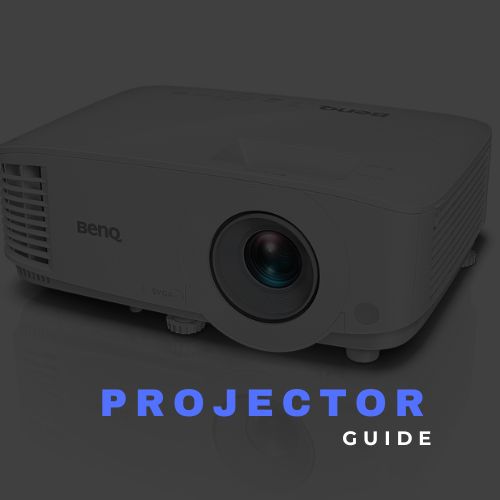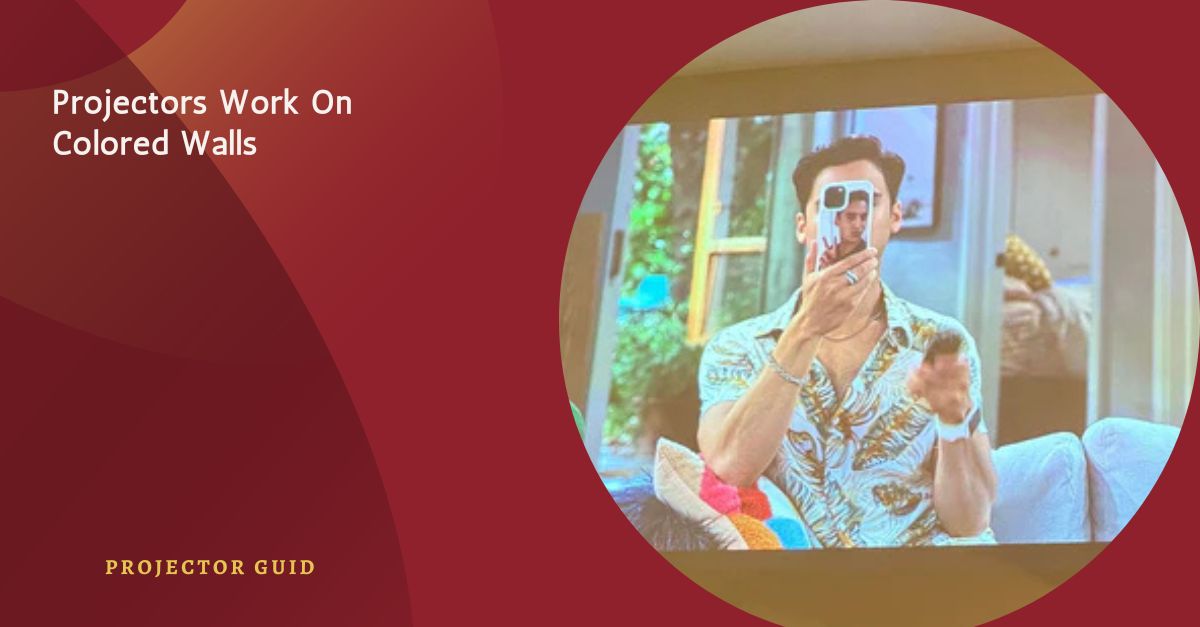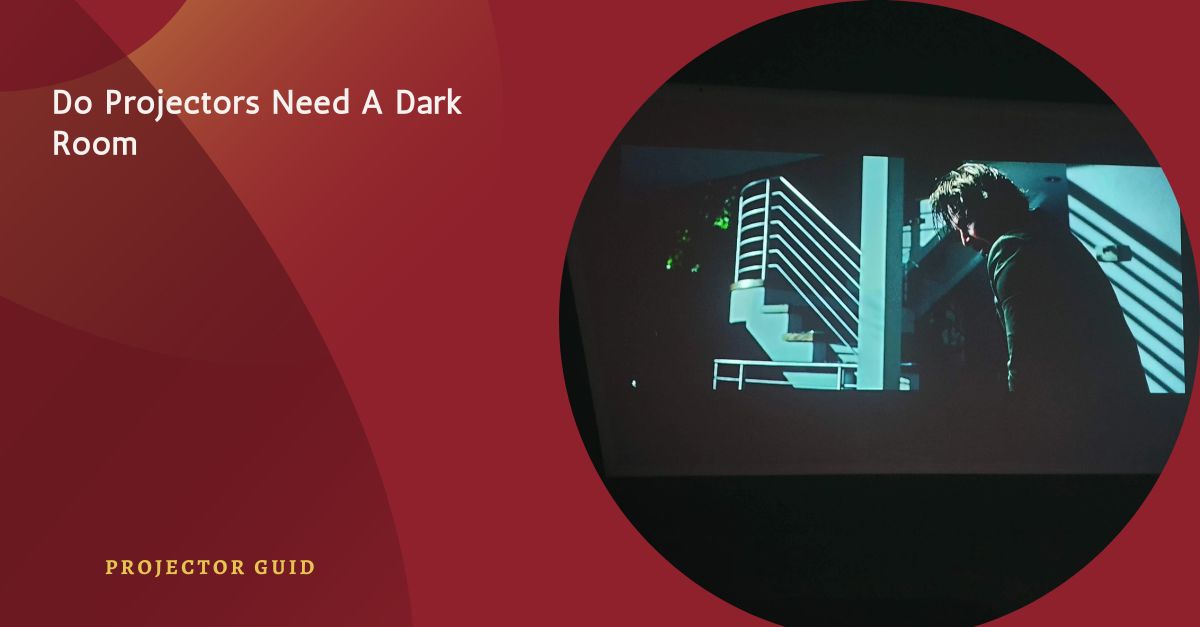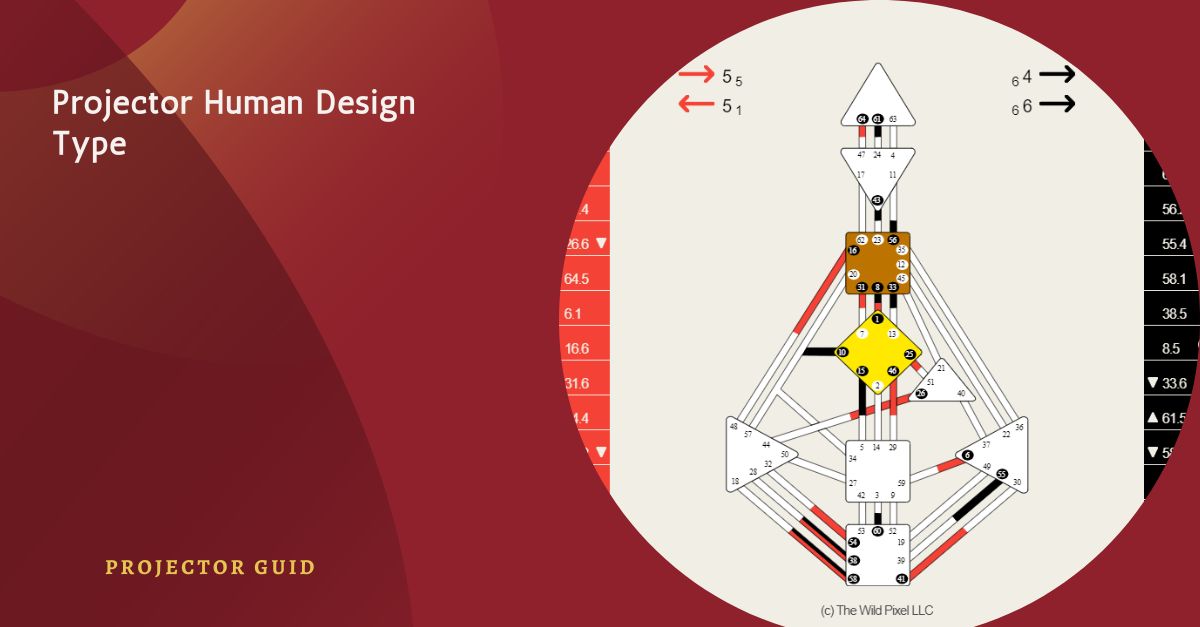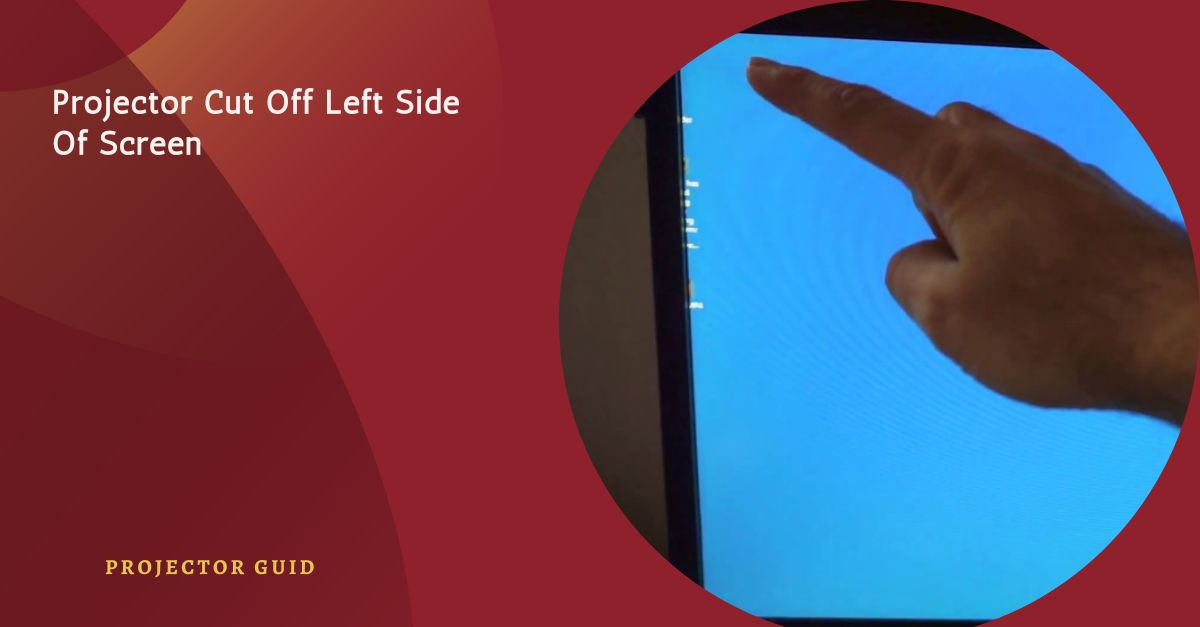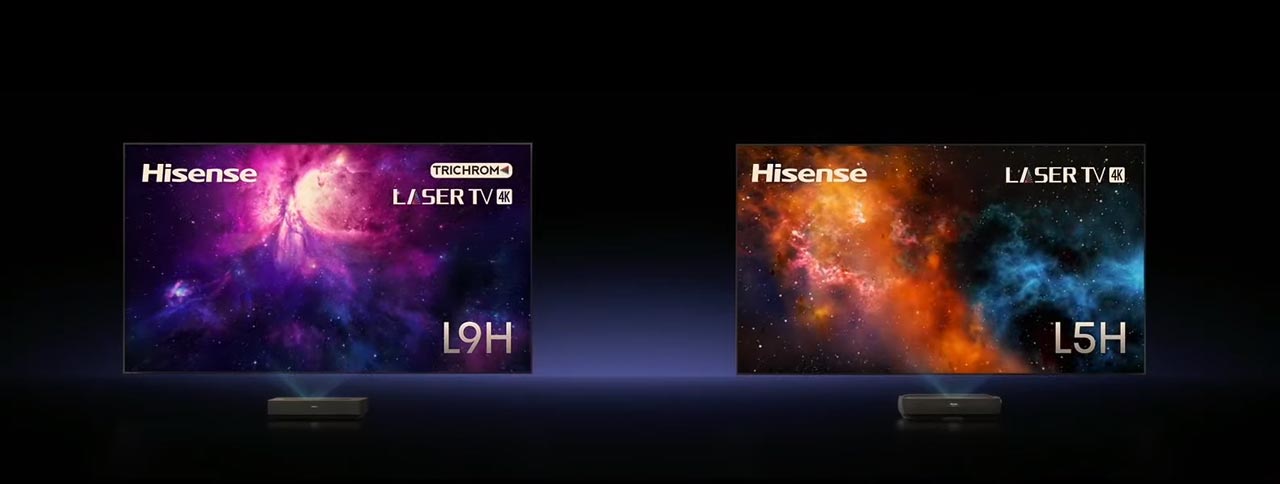I used my projector on a light brown wall, and the colors looked a bit too yellow. After changing the settings and darkening the room, the image improved. From my experience, projectors work on colored walls, but the picture isn’t as clear as on a white one.
Yes, Projectors Work On Colored Walls, but the image quality might not be perfect. Colors can change, and the picture may look dim depending on the wall color. The whiter the wall is, the better the image looks—light or neutral shades give the best results.
Stay with us—we’re going to talk more about how projectors work on colored walls and what really happens when you use them on different wall colors.
Do Projectors Work On Colored Walls Without A Screen?
Yes, projectors work on colored walls even without a screen. But the image might not look clear or bright. If the wall is too dark or has a strong color, the picture may look off or less colorful.
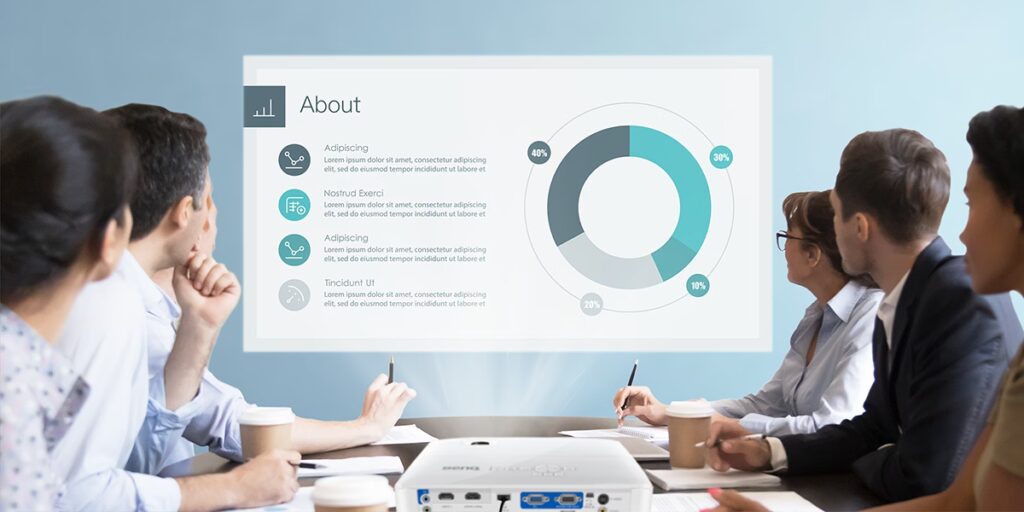
When we talk about projecting on a wall vs screen, a screen usually gives better results. Screens are made for projection and help show brighter, sharper images. Walls can work, but for the best viewing, a projector screen is the better choice.
What’s The Best Wall Color For Projector Use?
The best wall color for using a projector is light gray. It helps keep the colors natural and makes the picture look clear. A white wall is also okay, but sometimes it can make the image look too bright or faded.
When thinking about projector work on colored walls, color makes a big difference. A screen is made for good picture quality, but if you use a wall, light gray is the safest choice for a better viewing experience.
Read: Optoma Projector User Guide – Complete Guide!
Does A Screen Work Better Than A Wall For Projectors?
Yes, a screen works better than a wall for projectors. Screens are made to show clear and bright pictures. A normal wall can work too, but the image might look dull or lose some details.
If you’re thinking about Projectors Work On Colored Walls, the screen is the better choice. It gives smoother colors and sharper pictures, while a wall might change how the image looks, especially if the wall is colored or not flat.
- Texture: Walls may have bumps or uneven spots that affect image clarity. Screens are smooth, giving you a sharper and cleaner picture.
- Color: Wall color can change how the image looks—darker or colored walls may dull the picture. Screens are made to show true colors.
- Portability: Screens can be moved and used anywhere, indoors or outdoors. Walls are fixed, so you have fewer placement options.
- Framing: Screens often have borders that help focus the image. Walls don’t have frames, so the image edges may look uneven.
- Lighting Conditions: Screens work better in bright or low light, keeping the picture visible. Walls can reflect too much or too little light.
- Application: Screens are built for watching movies, gaming, or presentations. Walls are not made for projection and may lower the image quality.
Can I Adjust My Projector To Work Better On Colored Walls?
Yes, you can change your projector settings to make the picture look better on colored walls. You can adjust the brightness, contrast, and color to match the wall and improve how the image looks.
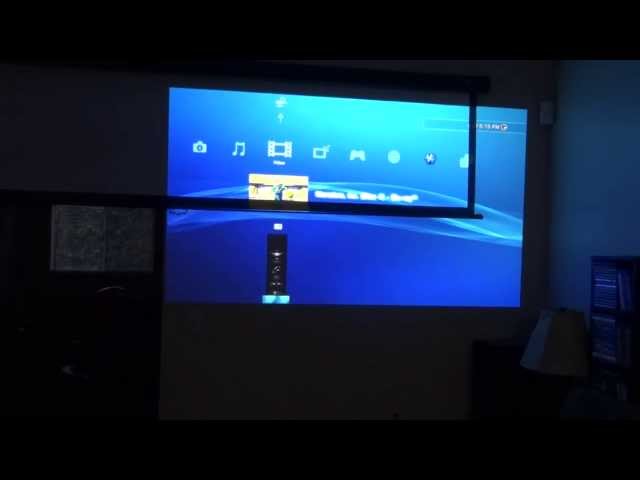
But when it comes to projectors work on colored walls, a screen still gives a clearer and more colorful picture. Even with adjustments, a wall might not show the image as well as a proper screen does.
Can Projectors Show Clear Images On Blue Or Green Walls?
Yes, projectors can work on blue or green walls, but the picture might not look perfect. Blue or green colors can change how the image looks. For example, a blue wall may make the picture look too cold, and a green wall can change natural colors like skin tones.
The picture might also look darker or less clear because these walls don’t reflect light as well as white or gray walls.
If you compare projectors work on colored walls, the screen gives much better results. Screens are made to show colors correctly and make the image look bright and clear.
Walls, especially colored ones, can’t do that as well. If you only have a wall, use a light color like light gray. But if you want the best quality, a projector screen is always the better choice.
Read: Best Distance For Projector Placement – Easy Guide!
What Is The Difference Between Projecting On A Wall Vs. Screen?
When we look at projecting on a wall vs screen, the main difference is how clear and bright the picture looks. A projectors work on colored walls screen is made with special material that reflects light well, so the image looks sharp, colorful, and bright.
But a normal wall might not reflect the light the same way. Even if the wall is smooth, the paint or color can change how the picture looks and make it less clear.
Another big difference in projecting on a wall vs screen is how they work with lighting in the room. A screen works well in both dark and light places, but a wall may not.
Walls can reflect too much or too little light, and colored walls may change how the image looks. While walls are easy to use, a projector screen will always give better picture quality, especially for movies, games, or important presentations.
Easy Differences:
- Image Quality
Screens show sharper and clearer pictures. Walls might make the image look soft or dull. - Color Accuracy
Screens keep the real colors. Colored walls can change how the picture looks. - Brightness
Screens help the image look bright. Walls can make it look dim or faded. - Surface Texture
Screens are flat and smooth. Walls may have bumps that ruin the image. - Room Lighting
Screens work great in both dark and light rooms. Walls may not show the image well in bright light. - Overall View
Walls are okay for casual use, but screens are better if you want the best picture.
Does A Black Wall Work Better Than A White Wall For Projectors?
Many people ask if a black wall is better than a white wall for using a projector. A black wall can help show dark scenes better because it doesn’t reflect much light. This makes the black parts of the picture look deep and strong.
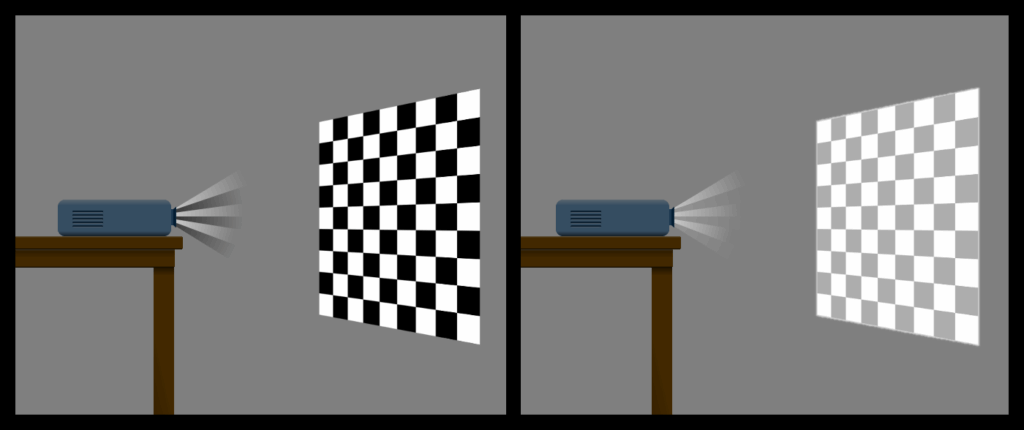
But there’s a downside—black walls also make the whole picture look dimmer. If your projector isn’t very bright, the image may look too dark. A white wall reflects more light, so the picture looks brighter and easier to see, especially in normal room lighting.
When thinking about projectors work on colored walls, both black and white walls are okay, but not perfect. A white wall is better for bright rooms, while a black wall works better in very dark rooms.
But a projector screen is made to give you the best picture—clear, colorful, and bright. It works better than any wall. If you want the best viewing experience, a real screen is always the smarter choice.
What Is The Right Shade Of Green To Use As A Green Screen?
The best green for a green screen is a bright, light green called “chroma key green.” This color is used in video making because it stands out and doesn’t match skin or clothes. If you use a green that is too dark or too light, it won’t work well.
The software may have trouble removing the background, and your video might not look clean. So, using the right shade of green is very important for editing videos smoothly.
Now, when thinking about projectors work on colored walls, a green screen is not a good choice for showing videos or movies. A green wall will change the picture colors and make everything look strange.
Projector screens are made to give you better color and clear images. So, while green screens are great for editing, a real projector screen or a plain white wall is much better for watching or showing something with a projector.
Read: Common Projector Issues And Fixes – Easy Steps!
How Exactly Do Green Screens Work, And Why Are They Green?
Green screens are used in videos to change the background. When someone stands in front of a green screen, special software can remove the green color and replace it with any picture or video you want.
Green is picked because it’s not a color people wear often, and it doesn’t match skin tones. This makes it easy for the computer to know what to remove and what to keep in the video. That’s why green is the most common choice for background editing.
If we talk about projectors work on colored walls, a green screen is not a good surface for watching movies. When you project onto a green wall, the colors from the projector get mixed with the green, making the image look weird.
Projector screens, on the other hand, are made to show colors clearly and keep the picture sharp. So, green screens are great for editing videos, but for watching them, a real projector screen or a light-colored wall is much better.
Key Points To Know:
- Green is easy to remove: The editing software can easily spot green and take it out of the video.
- Rare in clothing and skin: Bright green doesn’t match most skin tones or clothes, so it’s safe to use.
- Used for video editing: Green screens let you add any background during post-production.
- Not made for projection: Green screens don’t reflect projector light well and change image colors.
- Projector screens are better for viewing: They give clearer and more colorful pictures than green walls.
- Think of use before choosing: If you’re editing videos, green works. If you’re watching movies, use a real screen.
What Is The Use Of A Green Screen In Video Shooting?
A green screen is used in video shooting to change the background behind a person. It helps people look like they are in a different place, even if they are just standing in a room.

With special software, the green color is removed and replaced with any image or video—like a city, a beach, or even outer space. Green is used because it’s bright and different from most clothes or skin tones, so it’s easy for the software to remove.
When we think about projectors work on colored walls, a green screen is not a good choice for watching videos. If you try to use a projector on a green wall, the image will look strange and the colors won’t be right.
A projector screen is made to show images clearly, with good color and brightness. That’s why green screens are great for editing videos, but not for viewing them. For the best picture quality, use a projector screen or a plain light-colored wall.
What Can You Use If You Don’t Have A Green Screen?
If you don’t have a green screen, you can still create video backgrounds using other things. A plain light green or light blue bedsheet can work if it doesn’t have patterns.
You can also use a solid-colored wall, as long as the color is different from your clothes and skin tone. Good lighting is important too—it helps the editing software separate you from the background more easily.
Now, when thinking about projectors work on colored walls, keep in mind that not every wall or surface works well for clear visuals. Just like how green screens need the right color and lighting for editing, projector images need the right surface for best results.
A flat, light-colored wall might be okay, but a real projector screen is made to give sharper images and better color. So whether you’re making videos or watching them, the surface you choose really matters.
Read: Infocus Projector User Guide – Easy Tips!
How Do I Use An Adjustable Green Screen Background?
Using an adjustable green screen background is simple and helpful for videos. These screens can be pulled up or hung behind you, and you can move or fold them when not in use. Once it’s set up, you just need good lighting and video software that can remove the green background and replace it with your chosen scene.
When comparing projectors work on colored walls, a green screen is not made for watching movies. It’s meant for video editing, not showing bright and colorful images from a projector. If you want a good movie experience, a real projector screen or light wall is a better choice.
Tips For Using An Adjustable Green Screen:
- Set it up in a flat, wrinkle-free way. This helps the software remove the background cleanly.
- Use even lighting on the green screen. Shadows can make it harder to edit the background.
- Stand a few feet in front of the screen. This prevents green light from reflecting on you.
- Avoid wearing green clothes. The software might remove parts of your body if it matches the screen.
- Use editing software with chroma key. This feature removes the green color and adds your new background.
- Store it carefully when not in use. Folding or rolling it keeps the screen clean and smooth.
How Do I Use A Green Screen Without A Green Screen?
You can still use background effects without a real green screen. Some video apps like Zoom or OBS let you change your background if you have a plain wall and good lighting. Just wear clothes that are different from the wall color, and the software will work better.

When we compare projectors work on colored walls, it’s like comparing basic and advanced tools. A wall can work in some cases, but a proper screen is built to show clearer and brighter images. So, for better results—whether making videos or watching them—the right setup really helps.
FAQs:
Q1. Can You Use A Projector On A Painted Wall?
Yes, you can use a projector on a painted wall, but the image may not look perfect. The smoother and lighter the wall, the better the result.
Q2. What Color Walls Are Best For Projectors?
Yes, Light gray or white walls work best for projectors. These colors reflect light well and keep the image clear and bright.
Q3. Do Projectors Work On Blue Walls?
Yes, Projectors can work on blue walls, but colors may look off. Blue can change the natural tone of the image.
Q4. What Is The Color Problem With Projectors?
Yes, If the wall color isn’t neutral, it can affect how colors appear. This may make the picture look warmer, cooler, or less accurate.
Q5. Does A Screen Give Better Quality Than A Wall?
Yes, a projector screen gives much better picture quality than a wall. It’s designed to reflect light evenly for a sharper image.
Q6. Can A Wall Replace A Projector Screen?
Yes, A wall can be used in place of a screen, but it won’t match the quality. Screens are made to improve color and brightness.
Q7. Why Choose A Screen Over A Wall For Projection?
Yes, Screens offer better clarity, contrast, and brightness. They’re built to give the best viewing experience, unlike most walls.
Conclusion:
When it comes to projecting on a wall vs screen, the difference in image quality is clear. Walls can work in a pinch, but they often change the brightness and color of the picture. Screens, on the other hand, are made to reflect light evenly for sharper and more accurate visuals.
If you care about a great viewing experience, a proper screen is the better choice. Still, with the right setup, even a wall can do the job for casual use.
Read More:
- Projector Screen Materials Comparison – For Trust And Clarity!
- Led Projectors Need Maintenance – Tips For Longevity!
- Projector Screen Size Guide – Ultimate Guide!
- Projector Not Displaying Image – Fix It Fast!
- Lumens In Projectors Explained – Clear Guide With Examples!
- Projector On Angled Wall – Fix Distortions Easily!
- Are Portable Projectors Reliable – Complete Guide!
- Do Projectors Need A Dark Room – Find Out Now!
